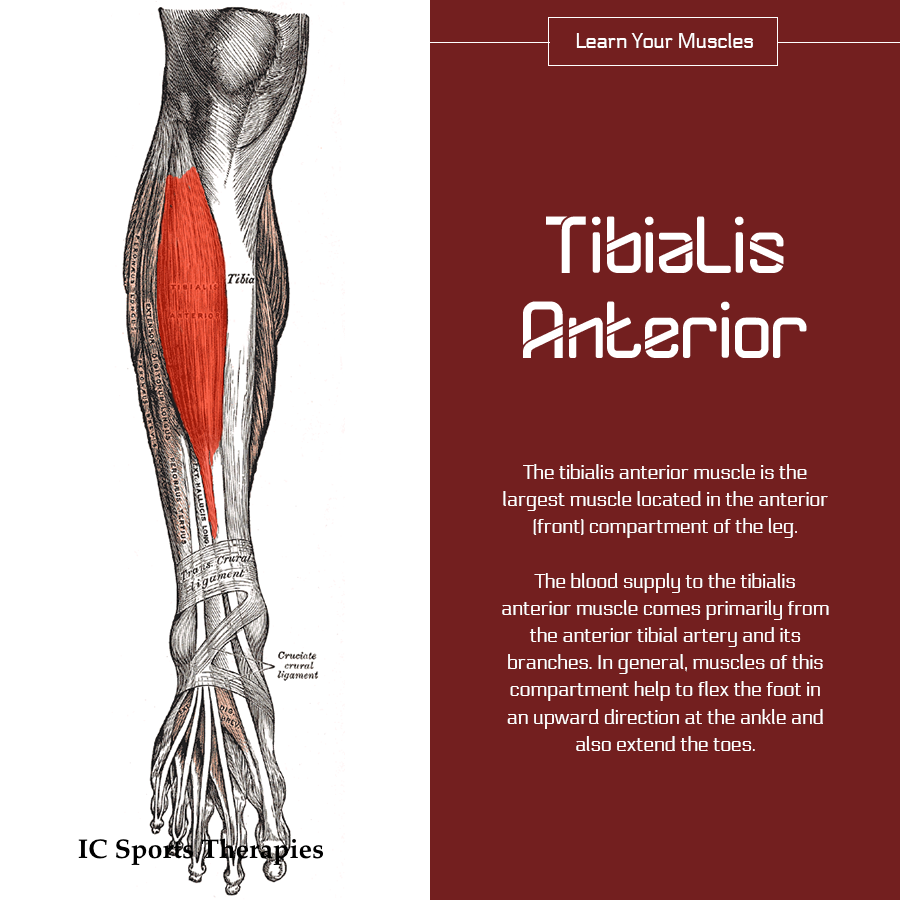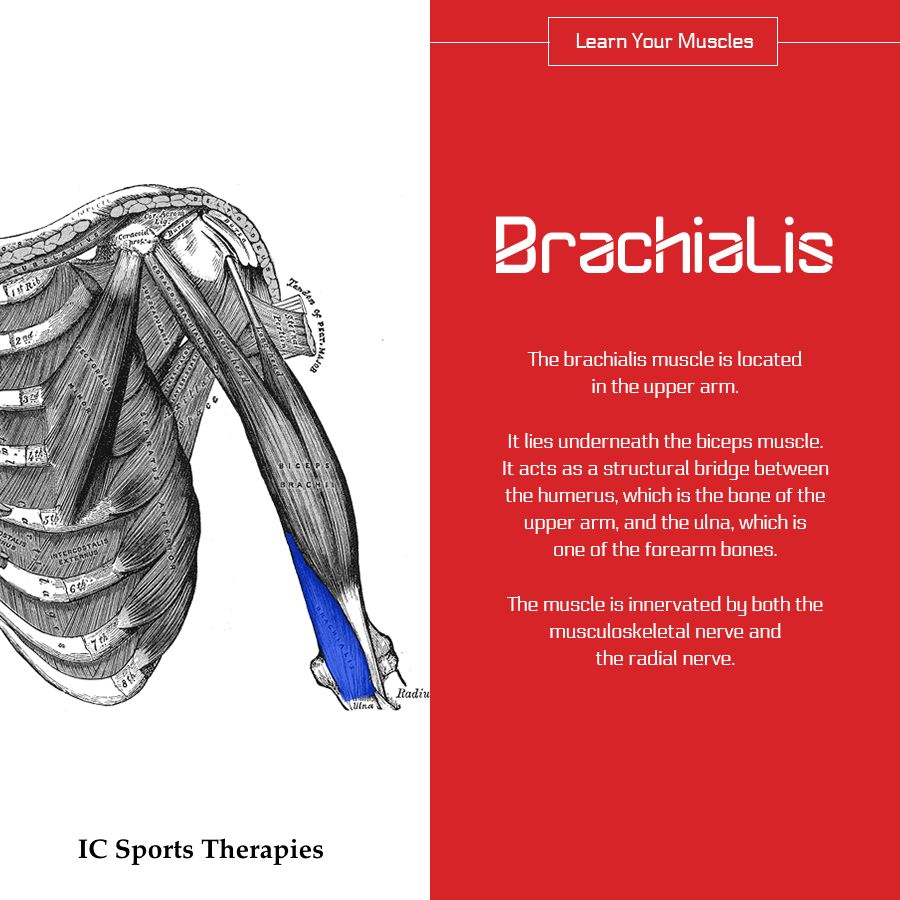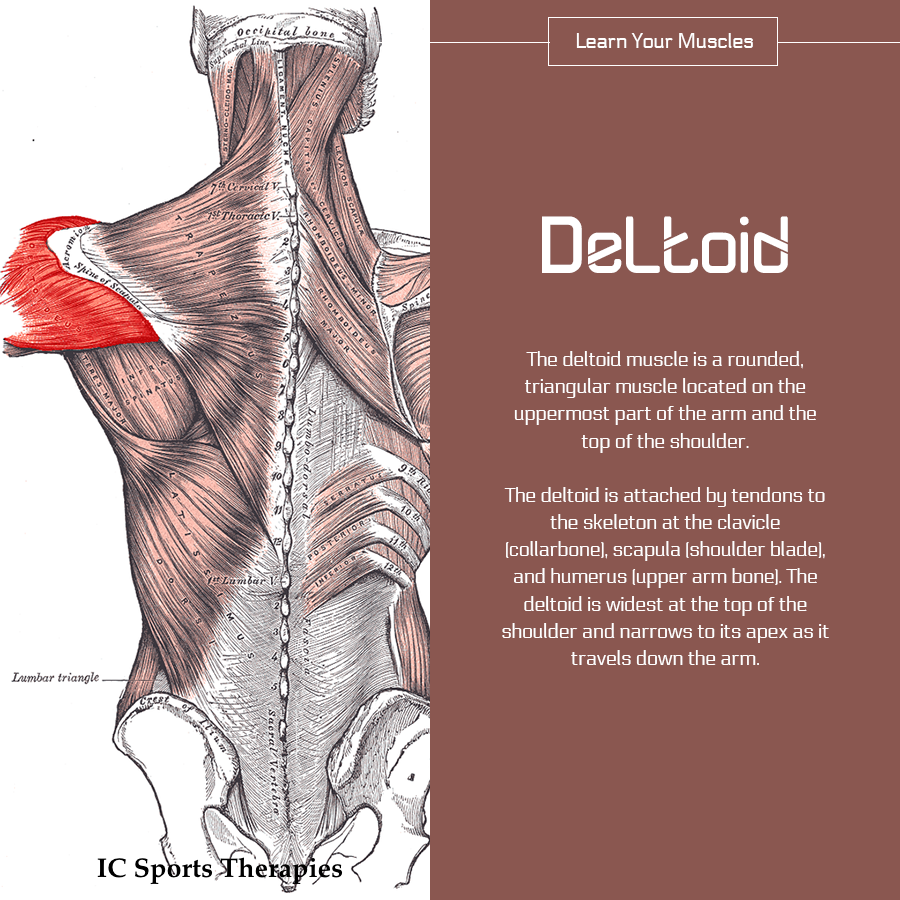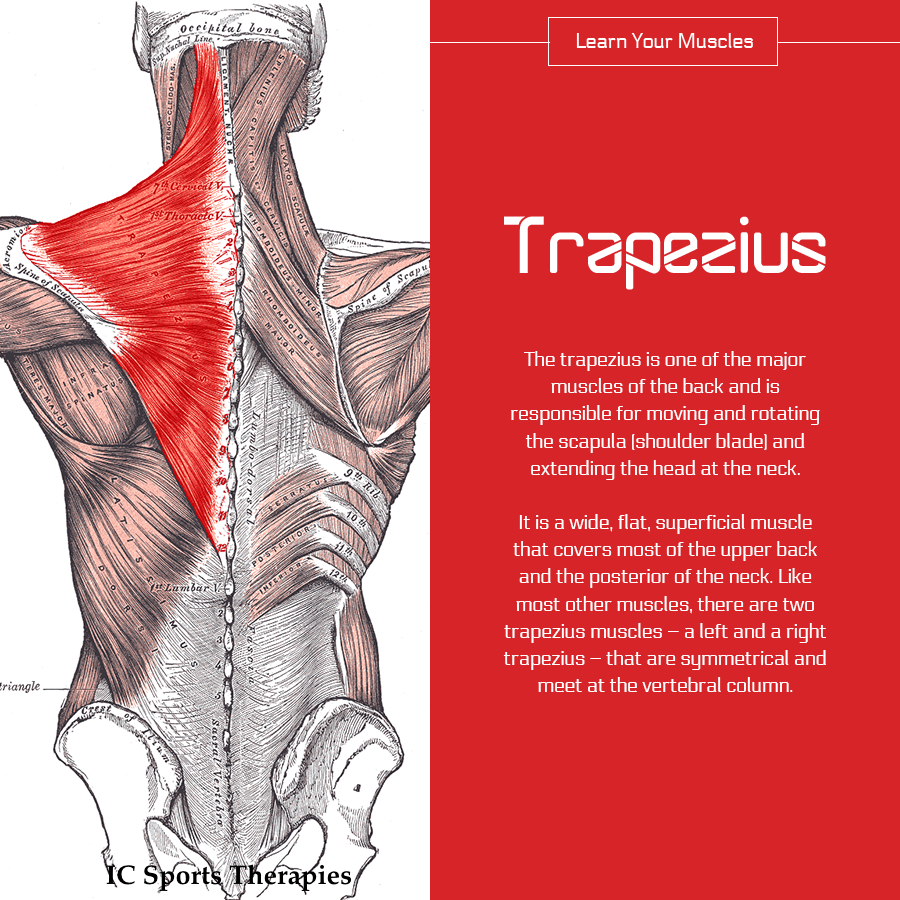
Tibialis Anterior
The tibialis anterior muscle is the largest muscle located in the anterior (front) compartment of the leg. The blood supply to the tibialis anterior muscle comes primarily from the anterior tibial artery and its branches. In general, muscles of this compartment help to flex the foot in an upward direction at the ankle and also extend the toes.[1]
The tibialis anterior lies along the outside of the shinbone (tibia). The muscle attaches to the top of the shinbone and descends down the leg, following the outside of the bone. The muscle’s tendon crosses the top of the foot by the inside ankle and connects to two bones (medial cuneiform and first metatarsal) on the bottom of the foot.[2]
What are the pain and symptoms associated with the tibialis anterior muscle?
- Pain in the big toe
- Pain in the front of the ankle going up the front of the shin
- Occasionally there will be swelling of the shin bone
- Can contribute to shin splints
- Can be a cause of weak ankles
- Can contribute to drop foot which can cause tripping and falling [2]
Interesting facts about the tibialis anterior muscle:
- Trigger points and a tight shortened tibialis anterior can make it difficult to pick up the foot and can contribute to ‘tripping over your own feet’.
- Pain from trigger points in the tibialis anterior is sometimes diagnosed as gout or turf toe.
- Is often the primary cause of “growing” pains in the feet and ankles of children. [2]
Sources:
[1] Tibialis Anterior Healthline
[2] Tibialis Anterior Muscle: Big Toe, Ankle and Shin Pain The Wellness Digest
Previous: Your Monday Muscle: #8 Vastus Lateralis







